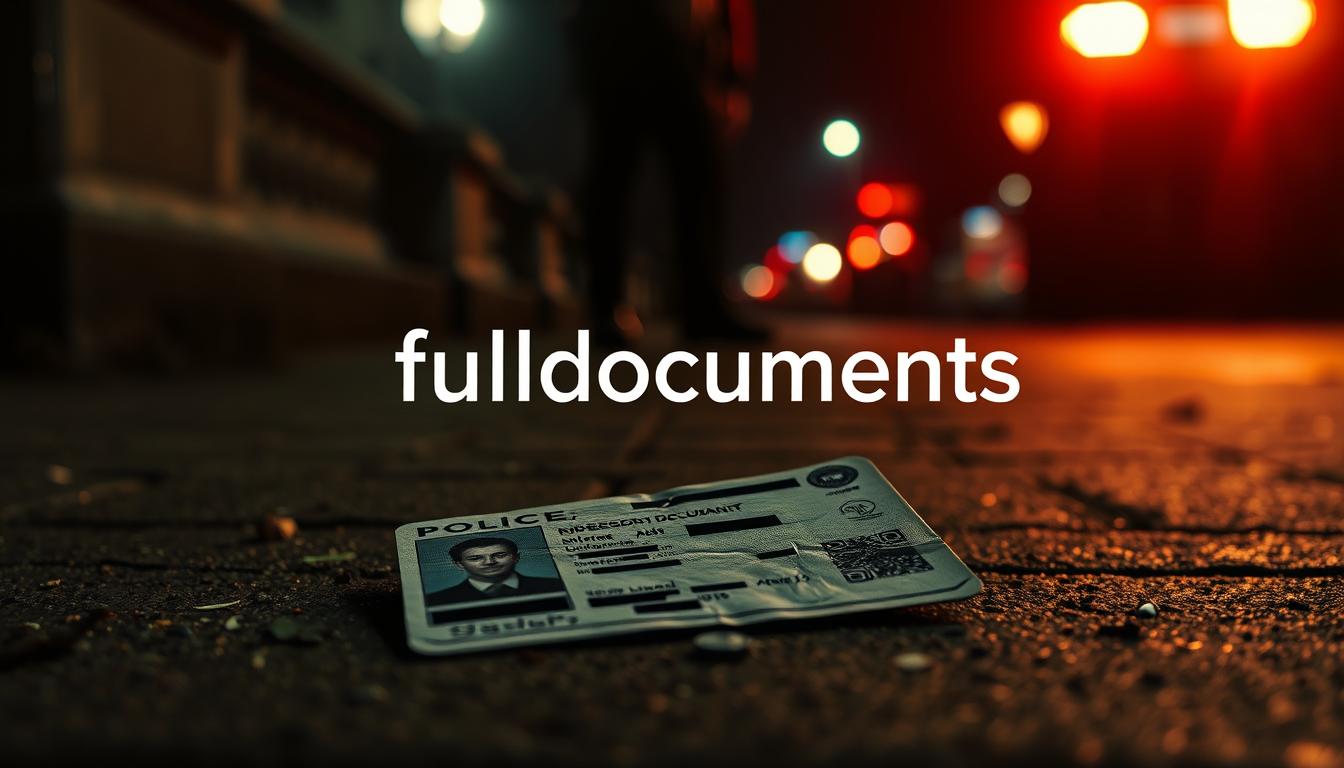New Rules Change How Issue Numbers Appear on UK Licenses

New Rules Change How Issue Numbers Appear on UK Licenses
More than 3.6 million UK drivers could face a £1,000 fine because their photocard driving licenses have expired. This explains why understanding the issue number on driving licenses has become more vital than ever.
The UK still has 4.7 million valid paper licenses in circulation. Photocard licenses need renewal every 10 years. Paper versions stay valid until the holder’s 70th birthday, but drivers must update their details after address or name changes. Since June 2015, the DVLA has made a clear move away from paper formats to modernize how we verify our driving credentials.
DVLA Launches New Digital Format for License Numbers
“Your driver number never changes, regardless of you renewing your license or getting a new car. Think of it like your driving fingerprint!” — Aviva Ireland, Major insurance company in Ireland
The Driver and Vehicle Licensing Agency (DVLA) has revealed plans to move toward digital driving licenses, which will reshape the scene for British motorists.
What Changes in the Number Format?
The driving license number is a unique 16-character code that combines letters and numbers right beneath the license’s expiry date. The format has the first five letters of the surname, six digits that show birth details, two initials from forenames, and three computer check digits. On top of that, it has a two-digit issue number on the right that goes up each time a new license is issued.
Why Update Was Needed?
The switch to digital formats serves several purposes. We needed a system that gives users instant access to their credentials after they complete their application, without waiting for mail delivery. The digital wallet, which will be tested in 2025, lets users:
- Prove age for restricted purchases
- Verify driving rights
- Access benefits documentation
- Keep identification secure
The new format comes with better security features like biometric checks and multi-factor authentication. The physical cards now have tactile surfaces, engraved text, color-changing elements, and intricate background patterns. Laser technology creates black and white photos that are much harder to forge.
This upgrade lines up with the government’s plan to make public services more efficient, though physical licenses will still be available. Using both digital and physical formats will give everyone access to services while pushing forward with digital changes. The government wants all its services to offer digital options by 2027.
How Do These Changes Impact Current License Holders?
The new system brings several changes to how existing license holders manage their credentials. Photocard licenses remain valid for 10 years, and drivers need to renew them to stay compliant with current standards.
Timeline for Implementation
The DVLA handles most digital applications within 5 days. Drivers who apply online get their updated licenses by a lot faster than those who use postal services. Postal applications usually take up to 4 weeks. Applications with medical condition declarations need extra time to process.
Steps for Existing License Holders
Drivers must complete these steps to renew:
- Provide a valid UK passport photo and signature
- Confirm residence in Great Britain
- Supply addresses from the past 3 years
- Submit current license details
- Share National Insurance number
Drivers need to return their old photocard to DVLA after getting the new license. Post Office branches help people who can’t use online services through a contract that starts from April 2024.
Cost Implications
Application costs depend on how you choose to apply. Online renewals cost £14, while postal applications cost £17. Post Office renewals cost £21.50. Drivers over 70 or those with medical short-period licenses can renew without paying.
Medical license holders don’t pay renewal fees if they have conditions like diabetes, epilepsy, Parkinson’s disease, visual impairments, sleep conditions, or heart conditions. Drivers can pay using MasterCard, Visa, Electron, or Delta debit/credit cards.
Security Features Transform License Verification Process
“From today (19 May 2015) you can view and share your driving license information online.” — DVLA, Driver and Vehicle Licensing Agency, UK government organization
Modern driving licenses come with advanced security features to curb fraud. The cards showcase a **[holographic steering wheel](https://www.thettcgroup.com/wp-content/uploads/2024/03/13-12-Provisional-Driving-Licence-info.pdf)** design that moves when tilted, and include raised lettering that can be felt by touch. A special optical variable ink shifts between green and gold colors from different viewing angles.
Enhanced Anti-Fraud Measures
New security upgrades provide multiple protective layers. The license displays:
- A raised surface pattern across the center
- An egg-shaped lens showing changing images
- A unique 10-digit alphanumeric identifier
- Random security numbers in the last three characters
These features work together and stop fraudsters from guessing license numbers based on personal information. Insurance companies can now verify credentials with greater accuracy, which reduces fraud risk in vehicle-related transactions.
Digital Verification Methods
The GOV.UK Wallet system relies on smartphone security features for authentication. The platform uses facial recognition checks that match digital banking verification processes. Multi-factor authentication protocols ensure that license holders can access their credentials securely.
Verification goes beyond individual access. Drivers can share their records with authorized parties like car rental companies through a specialized check code system. These codes stay valid for 21 days. This creates a secure way to share information temporarily without risking personal data.
The digital verification system works through automated banking systems and will roll out gradually from 2027. This approach keeps information private while streamlining credential verification. The Department for Work and Pensions cannot access personal bank accounts directly.
International Recognition Reshapes Cross-Border Driving
British drivers must adapt to new regulations as international driving standards continue to change. The European Commission’s new digital driving licenses represent an innovative global initiative.
EU Member States’ Response
Each EU member state has its own rules for UK license holders. UK drivers who live in EU countries need to switch their licenses within specific time periods:
- Spanish authorities give 6 months after becoming a resident
- German rules require changes within 6 months of moving
- French officials accept UK licenses issued before January 2021 until they expire
Recent agreements allow UK photocard license holders to drive in all 27 EU member states, Iceland, Norway, Switzerland, and Liechtenstein without an International Driving Permit.
Global Standards Alignment
The 1949 Geneva Convention started international driving credential standards by introducing pink-colored national permits. The 1968 Vienna Convention, with its 2011 update, brought these rules into modern times through Annex 6 and Annex 7 specifications.
The ISO/IEC standard 18013 from 2018 defines how driving licenses work with mobile devices. This system provides:
- Machine-readable credential verification
- Secure holder identification
- Authentication of license origin
- Data integrity confirmation
The new cross-border system fixes past problems where authorities couldn’t punish 40% of international offenses in 2019. National contact points now work together to track traffic violations across borders more effectively.
Conclusion
The DVLA’s change to digital driving licenses is a major step forward for British motoring documentation. This new system will give drivers better security features and practical benefits. More than 3.6 million UK license holders must keep up with renewal requirements to avoid heavy fines.
Drivers get clear advantages from this modernized format. Processing times are faster, fraud protection is stronger, and verification happens quickly. New security features make fake licenses nowhere near as easy to produce. These include holographic designs and special color-changing ink. The digital wallet coming in 2025 will let drivers store their credentials right on their smartphones.
British drivers can now use their licenses more easily across EU member states without extra permits. This updated system meets both local and international driving needs while keeping security tight.
This change goes beyond just updating the format. It shows how government services are becoming more digital and efficient. By keeping physical cards while adding digital options, the DVLA makes sure all drivers can access their licenses. This approach paves the way for future improvements in license management and verification.
FAQs
Q1. What is the new digital format for UK driving licenses? The DVLA has introduced a digital format for UK driving licenses, which includes a 16-character code combining letters and numbers. This code incorporates personal information such as surname letters, birth details, and initials. The new format also features enhanced security measures and will be accessible through a digital wallet.
Q2. How do the changes affect current license holders? Current license holders will need to renew their photocard licenses every 10 years. The renewal process can be done online, by post, or at select Post Office branches. Online renewals are typically processed within 5 days, while postal applications may take up to 4 weeks.
Q3. What are the costs associated with license renewal? The cost of renewal varies depending on the method chosen. Online renewals cost £14, postal applications are £17, and renewals at Post Office branches cost £21.50. Drivers over 70 or those with certain medical conditions may be eligible for free renewals.
Q4. What new security features have been added to UK driving licenses? The new licenses include advanced security features such as a holographic steering wheel design, raised lettering, optical variable ink that changes color, and a unique 10-digit alphanumeric identifier. These features make the licenses more difficult to counterfeit and easier to verify.
Q5. How do the new UK driving license changes affect international driving? UK photocard license holders can now drive across all 27 EU member states, Iceland, Norway, Switzerland, and Liechtenstein without requiring an International Driving Permit. However, UK residents living in EU countries may need to exchange their licenses within specific timeframes, which vary by country.

Leave a Reply